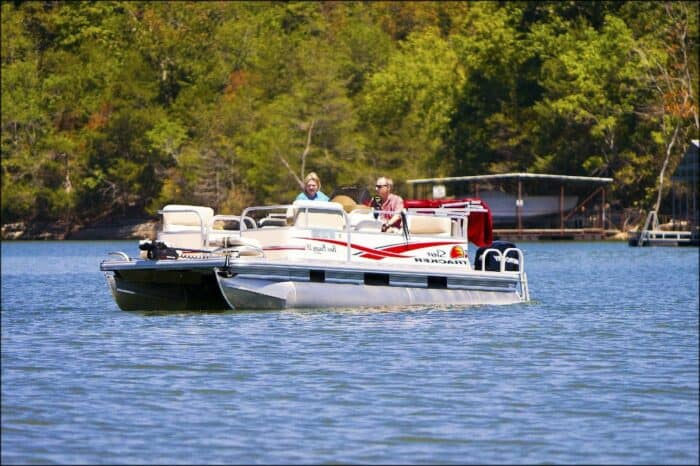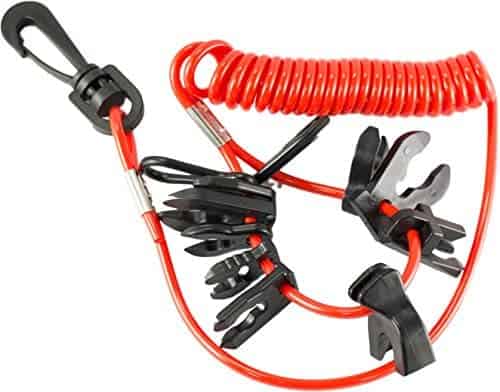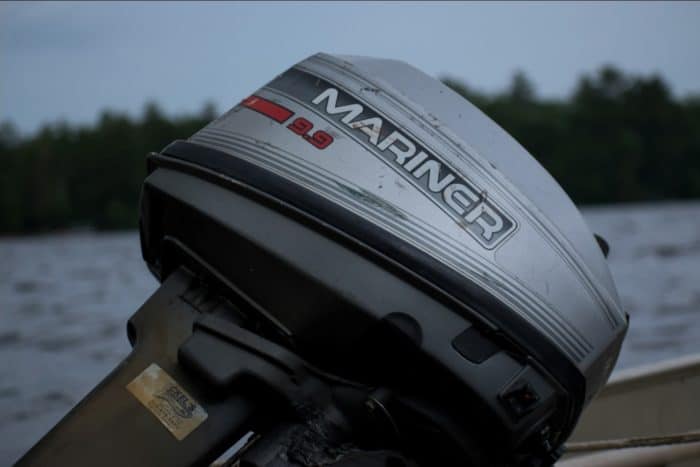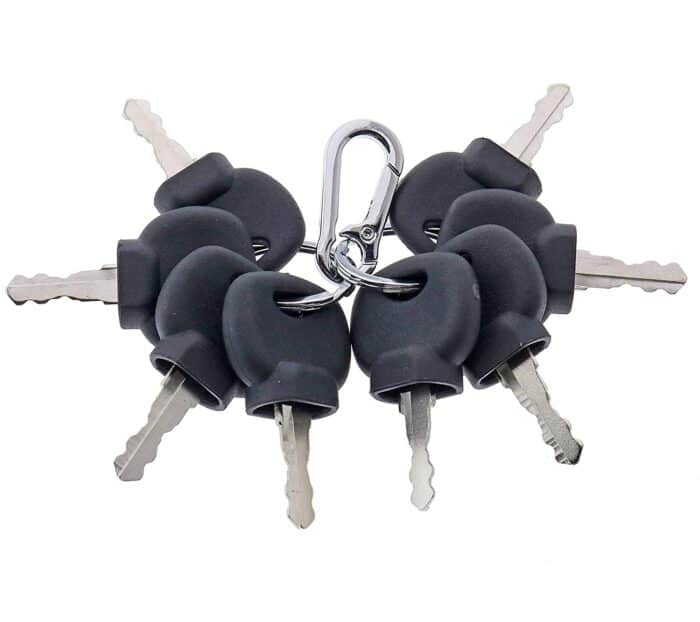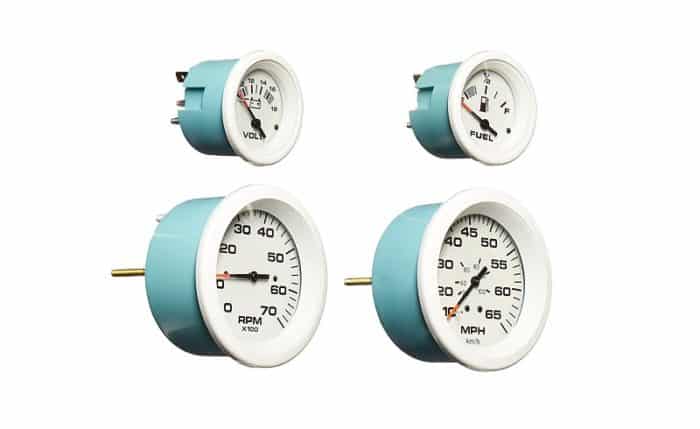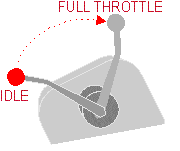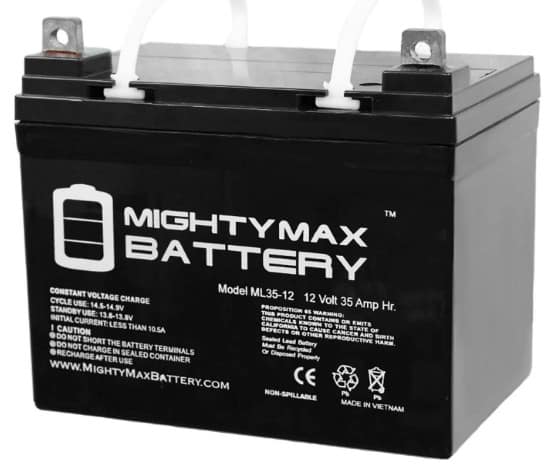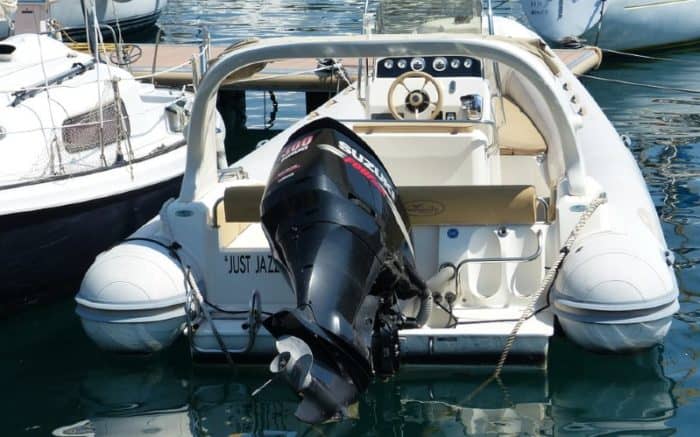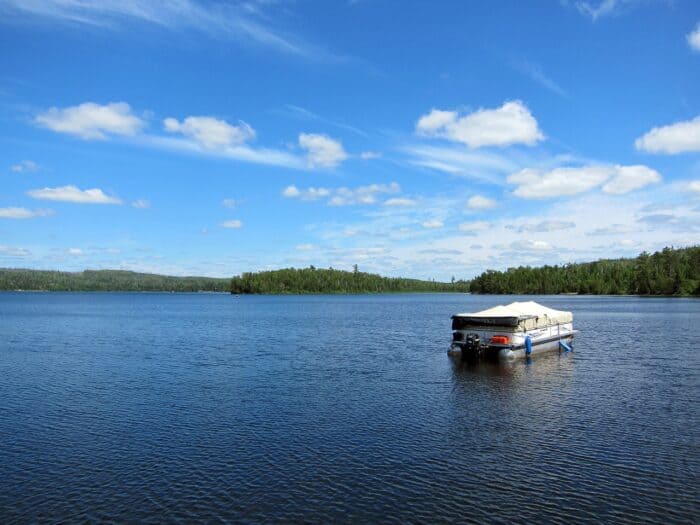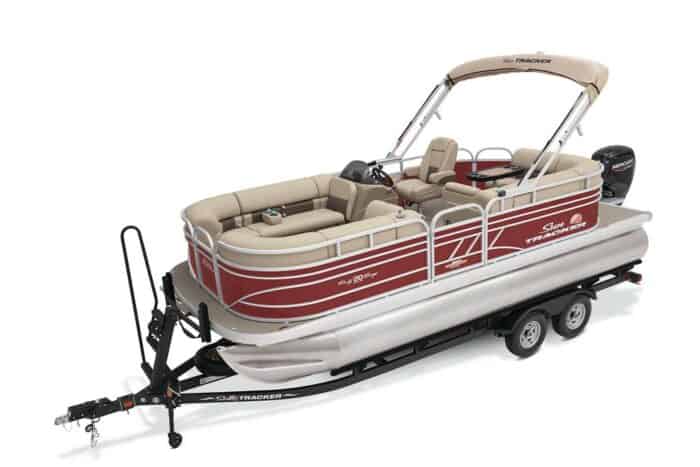How to Start a Pontoon Boat
Starting a pontoon boat is not very different from starting any other kind of boat and basically just involves turning the key in the ignition to get it to turn over and start. Let’s take a little more of an in-depth look step by step to remove any doubts you may have on how it works.
Power Up Your Pontoon Boats
Start things off by turning on your battery switch to make sure your boat has power, otherwise you won’t be getting too far. Yes, this is a no-brainer except for all the times people forget to do it. No need to be embarrassed, it happens to the best of us. No battery makes the boat completely useless.
Make Sure You Have Your Lanyard
Every pontoon key should come with a lanyard and that emergency cut off that will shut the engine down in an emergency if it’s pulled away. Make sure the kill switch is in the off position and the lanyard is connected from the switch to your wrist or belt or wherever you like to keep it attached. If you lose control this will shut things down. Without power the boat drifts, yes, but it can prevent serious accidents. In many locations it’s the law that you have this connected to you so please don’t forget.
In my experience, if you’re having an issue with your pontoon boat starting, more often than not it’s thanks to the switch not being turned off which prevents the engine from starting.
Check the Outboard Motor
Before you engage the throttle, doubt check that your motor is actually in the correct position and the prop is in the water. You can do this beforehand as well with a visual inspection but this is when you need to make sure it’s in position to get going. I have seen at least one boater forget to get the motor in position before and you won’t be going anywhere if it’s not in the water. Make sure you have the motor trimmed down into the water before you hit the throttle.
Insert Your Key
With your engine trimmed and the boat in neutral, it’s time to start it up. Like any other boat, get the key in the ignition and turn until you hear the beep that means the engine is engaged and ready to go.
Check Your Gauges
You need to make sure the boat is properly started before going anywhere. Look at your battery power and make sure it’s suitable for heading out. If you don’t have a properly charged battery you don’t want to risk taking your pontoon out on the water.
Your engine temperature is something else you want to check. At this point it should definitely be on the cooler side but if you’re noting that the engine has started running hot that’s a bad sign and you’ll want to shut it down and have it looked at before you go out on the water.
This is also your last chance to check your fuel as well. You need to make sure you have enough or there’s not much of a point trying to head out in the boat, right?
Hit the Throttle
You should be ready now to give the boat some throttle and start it moving. Just remember to take things slow if you’re new to this and especially if you’re in and around people and other boats. Remember that you can throttle back to neutral to slow it down and even hit it into reverse if you need a faster stop and, of course, to back up.
What if My Pontoon Boat Won’t Start?
The basics of starting a pontoon boat are, as you can see, pretty simple. There’s not a lot to remember and it’s not very different from starting any other vessel. But of course, that’s how you start a pontoon boat with no issues.
Things to Check in Most Pontoon Boats
There may be a handful of issues that make starting your pontoon boat a little more difficult, so let’s take a moment to cover what might prevent your pontoon boat from starting normally and what you can do about it.
The Stop Switch
I mentioned this already and I can’t say it may be the most common problem with getting a pontoon boat started, but it may be the easiest one to fix. Double check that the kill switch isn’t engaged as you will never get your boat started until it’s turned off.
You’ll likely still have power to the dash and instruments but maybe not depending on the kind of boat you have. So, if you’re not careful, you may end up thinking your battery is dead when all you need to do is flick a switch.
Battery Power
It’s conceivable that the problem is not the switch at all, but the battery for your boat. If you forget to turn the battery switch off when the boat isn’t in use, you may end up draining the battery and not having enough juice to get the boat going.
Start by making sure your battery actually is switched on. Some boats will give you a warning sound if you try to start it with the battery off, something like a beep or alarm. If it is, you’ll need to check the levels. You may have discharged the battery accidentally and it needs to be recharged before you can get the boat started. If you have just enough power your dash and other electronics may still come on. If none of your instruments or accessories work at all, then the battery could be totally dead.
It’s also possible something came loose, especially if you were just connecting/disconnecting your battery recently. Make sure all your wires are properly secured, then try starting again.
Check Your Throttle
You may have trouble starting your pontoon boat if your throttle position is incorrect. Your boat should be in neutral already as both stopping and starting your boat tends to require it. But some boat throttles may be a little wonky and can be moved even when the boat isn’t running, so it could be that the throttle has already been moved to reverse or forward. If that’s the case, for safety sake, the boat won’t start. You can imagine how dangerous this would be. So make sure the throttle is in neutral if things aren’t starting.
Engine Troubles
If you were able to start the boat and saw that the engine was running hot then you’d know for sure to check there. But if the boat isn’t starting you can still take a minute to check the motor just in case there’s something wrong there, especially if you’re confident none of these other issues are holding you back.
If you already had been running the boat for a while but it won’t start any more, then it’s possible your engine overheated. Not being able to restart your boat is actually a safety feature and the engine will need to cool to a safe temperature before you can get things going again. This is true of newer boats, while older boats may still start regardless of the temperature which may seem more convenient but is actually more dangerous. After all, would you rather endure the inconvenience of waiting for the engine to cool down, or have to pay to fix an engine damaged by overheating?
Check your engine oil to make sure you have enough, it’s still clean and not contaminated. You need to make doing this part of your inspection before taking the boat out, but if you forgot this time it could be the issue. If you are out of oil, don’t try to run the engine without it. You should call for help from a friend or even other boaters that may be in the area to see if someone can come to you. Running an engine with no oil is pretty much a guaranteed way to destroy your engine.
Check your fuel levels as well since it’s just as likely to ruin your trip if you’re out of gas. Again, if your tank is dry, give it a refill and if you have none handy, you’ll need to call for help. If this is the reason then you’ll at least have learned a good lesson and will make sure to check your fuel in advance next time.
Check Your Intake
Another thing that’s likely to stop your boat from starting can be a clogged intake. If you’ve been boating in the weeds, your intake may be all clogged with plants and other goop that’s preventing you from getting things going. Pull the engine up and take a look at the propeller. If it is clogged, clean it out as best you can. Clear out the water intake as well and then return the motor to the water and try again to see if things get started now.
Check Your Impeller
The water pump impeller can sometimes fail and it’s much harder to determine if that’s what is preventing your boat from starting. The impeller is in the lower part of your engine and draws water inside to keep the unit cool. This is the sort of repair job that should probably be done by a pro, and it would be picked up on during an inspection at the end of the season, usually. But if this is the case, it’ll manifest as an overheating engine and it can seriously damage your engine if it isn’t fixed.
The Bottom Line
It’s fairly easy to start a pontoon boat and follows the same steps that most boats follow. Make sure the battery is on, the motor is in the water, and that the kill switch is not engaged. Make sure you don’t have any issues with your engine being clogged, that you have clean oil and gas in the tank. Double check your battery has a full charge. When you’re ready, attach your lanyard, put the key in the ignition, start the boat and hit the throttle. Check out our guide on how to drive a pontoon boat for further instructions on what to do next. As always, stay safe and have fun.
Categories: Pontoon Boats
